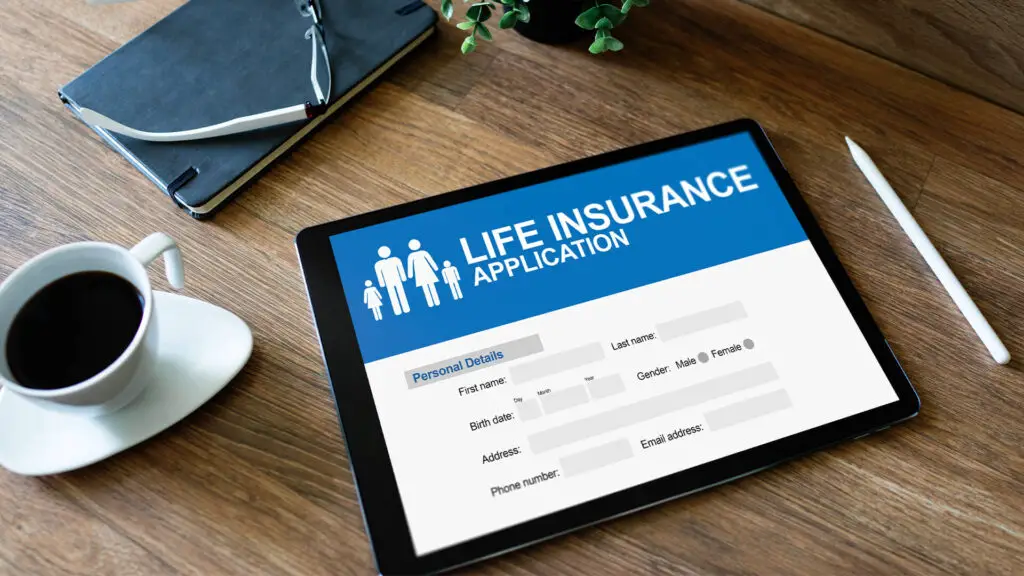Embarking on the journey of pregnancy is a profound and transformative experience, marked by the passage of time measured in weeks. Understanding the significance of the weeks of pregnancy is essential for expectant parents as they navigate the various stages of fetal development, maternal changes, and the countdown to the much-anticipated arrival of their little one.
Pregnancy is typically measured in weeks, providing a more precise and detailed timeline for tracking the progress of both the mother and the developing fetus. The standard duration of a full-term pregnancy is considered to be 40 weeks, although it’s important to note that a full-term pregnancy can range from 37 to 42 weeks. This variance accounts for the natural diversity in the duration of pregnancies, acknowledging that each journey is unique.
The journey begins with the calculation of gestational age, usually based on the first day of the last menstrual period (LMP). This method offers a standardized starting point for tracking pregnancy, even though conception typically occurs around two weeks later. This initial calculation sets the stage for understanding the development and changes that occur within the womb over the subsequent weeks.
The first trimester, spanning from week 1 to week 12, is a period of rapid development and adjustment. In these early weeks, the fertilized egg transforms into a blastocyst and then implants into the uterus. The intricate process of cell division and differentiation unfolds, laying the foundation for the development of major organs and systems. By the end of the first trimester, the embryo has transformed into a recognizable fetus with limbs, facial features, and the beginnings of vital organs.
Understanding the concept of weeks in pregnancy is not solely about tracking fetal development; it is also integral to ensuring the well-being of both the mother and the baby. Prenatal care, involving regular check-ups and screenings, is structured around this timeline. Healthcare providers monitor the progress of the pregnancy, assess the baby’s growth, and address any potential concerns that may arise during this transformative period.
Technology has enriched the pregnancy experience, allowing expectant parents to witness the growth and development of their baby through ultrasound imaging. Scheduled at various points throughout the pregnancy, these scans provide visual insights into the baby’s features, movements, and overall well-being, enhancing the emotional connection between parents and their unborn child.
In conclusion, the journey of pregnancy unfolds week by week, encompassing a spectrum of emotions, changes, and milestones. From the early days of conception to the final countdown to childbirth, understanding the concept of weeks in pregnancy empowers expectant parents with knowledge about the intricacies of this extraordinary journey. Each passing week brings new revelations, forging a deeper connection between parents and their growing baby, and laying the foundation for the joyous moment when they finally meet face to face.



